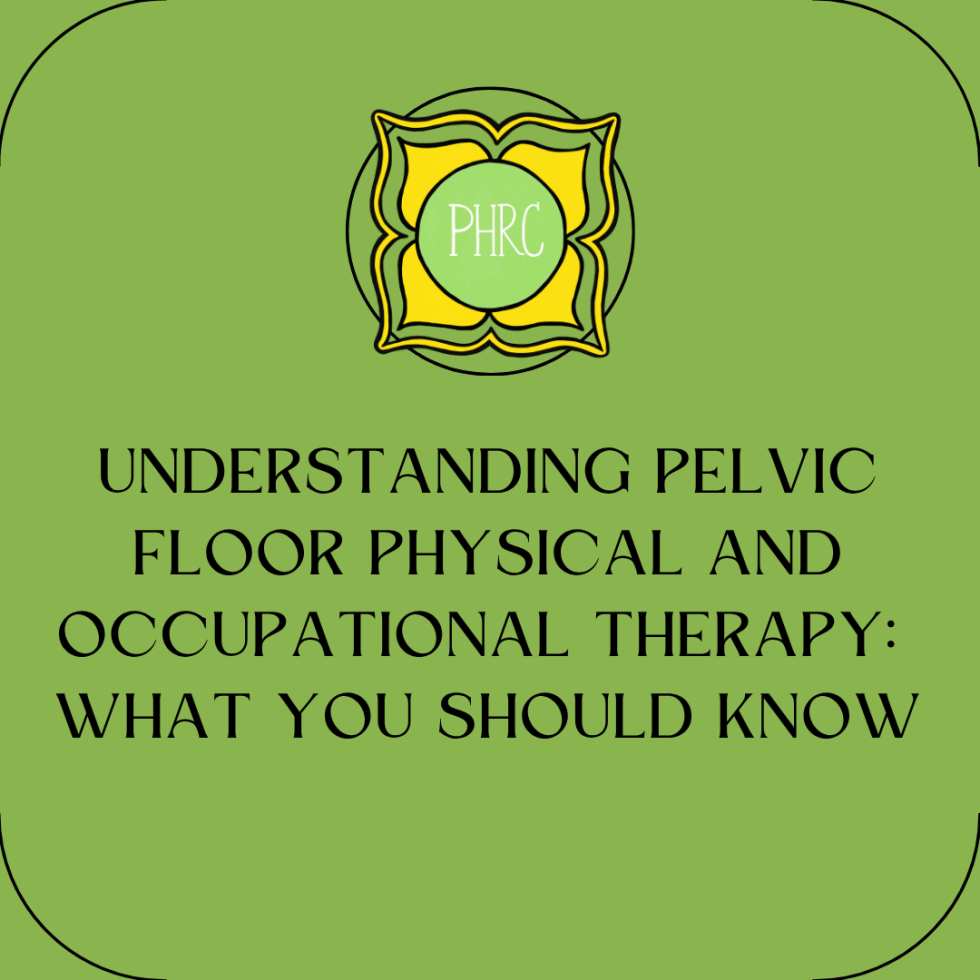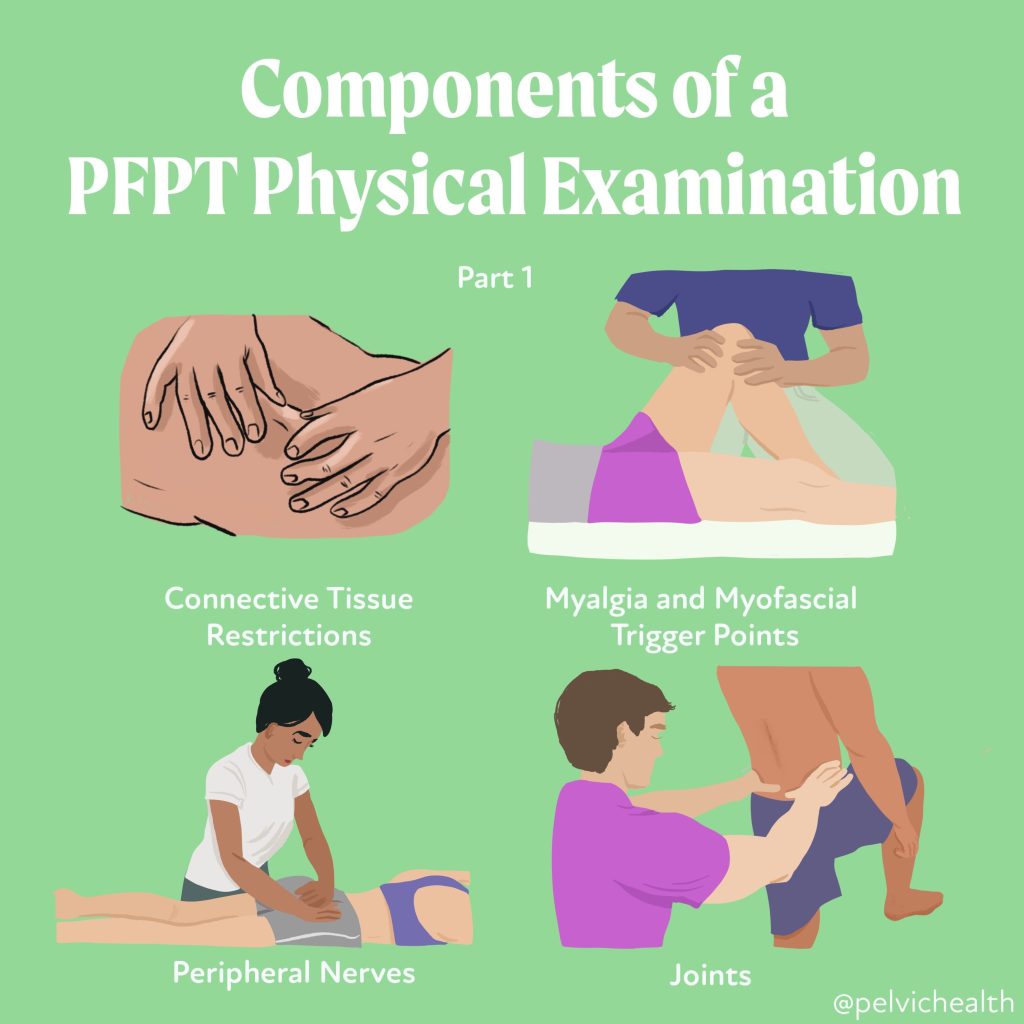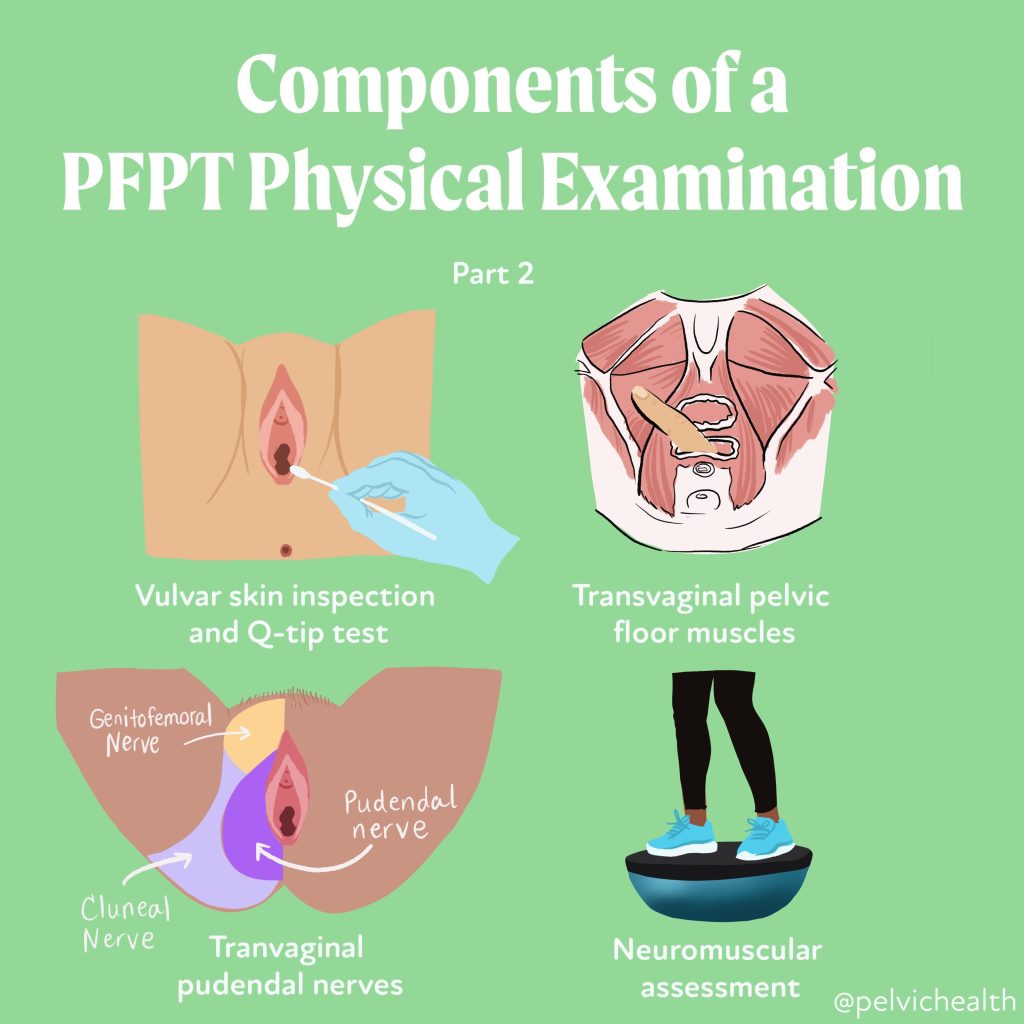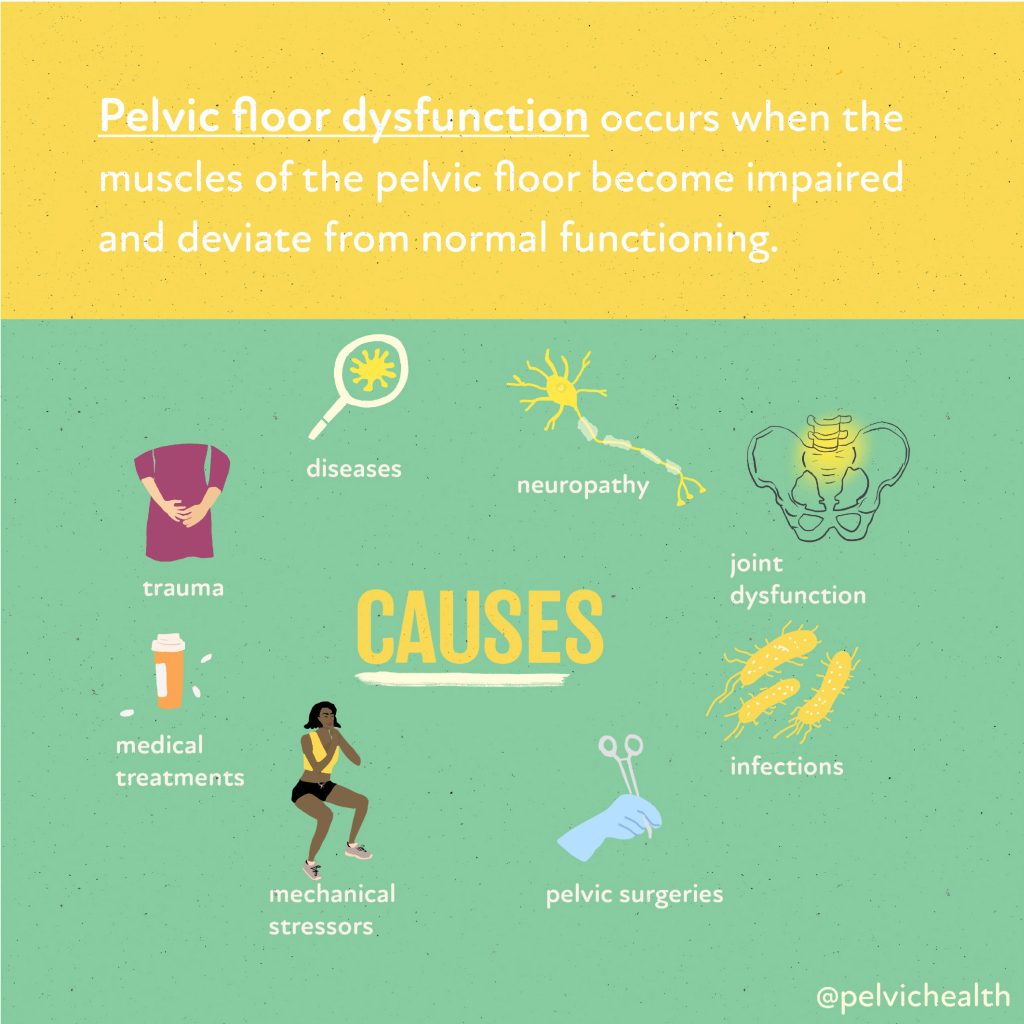Table of Contents
-
.
-
.
-
.
-
.
-
.
-
.
-
.
-
.
-
.
When Should I See a Pelvic Floor Physical and Occupational Therapists?
-
.
Pelvic floor physical and occupational therapy is one of the most effective yet underutilized approaches for treating pelvic health conditions. Many people who could benefit from therapy hesitate to start, often because they don’t know what to expect or feel unsure about what pelvic health rehab really entails. At the Pelvic Health & Rehabilitation Center (PHRC), our mission is to educate, empower, and provide compassionate care so patients feel confident taking the next step.
On our YouTube channel, we’ve created a library of educational videos that answer the most common questions about pelvic floor therapy. On our Instagram, we have an infographic library of educational images/graphics/carousels designed to breakdown everything you need to know about pelvic health. Throughout all our spaces, we aim to spread the knowledge of pelvic health, making it accessible to all. Below, we summarize five of our most popular and useful topics to help you understand what pelvic floor therapy is, what happens during an evaluation, and why it might be the right choice for you.
1. What to Expect With Pelvic Floor Physical Therapy
For many, the idea of pelvic floor therapy feels intimidating at first. This video walks through what typically happens when you come in for your first visit.
You’ll start with a conversation, not an exam. Our therapists ask about your medical history, current symptoms, and personal goals. This is your chance to tell your story and help us understand what matters most to you. From there, we’ll explain the evaluation process and answer any questions before moving forward.
The goal of this video is reassurance: pelvic floor therapy is professional, respectful, and patient-centered. Our team explains every step so you feel comfortable and in control.
2. Pelvic Floor Therapy: What Is It and How Can It Help Me?
This video introduces the basics of pelvic floor therapy in plain language. The pelvic floor is a group of muscles that support your bladder, bowel, and reproductive organs. When these muscles are too tight, weak, or uncoordinated, people may experience pain, urinary or bowel dysfunction, or sexual difficulties.
Pelvic floor therapy targets these issues directly. Through a combination of manual therapy, guided exercises, relaxation strategies, and education, patients can regain strength, reduce pain, and restore normal function.
This video emphasizes that pelvic floor therapy is not just for women—it benefits men and people of all genders across the lifespan. Whether you’re recovering after childbirth, managing endometriosis, coping with painful bladder syndrome, or experiencing chronic prostatitis, the Pelvic Health and Rehab Center can help.
3. What to Expect During Your First Pelvic Floor Therapy Visit
One of the most common barriers to treatment is the unknown: “What exactly happens when I show up?”
This blog breaks the process down step by step, What is a good pelvic PT session like. After the initial conversation, your therapist may assess posture, movement, and core muscle function. With your consent, they may also perform a gentle pelvic floor exam to evaluate muscle tone, strength, and coordination.
Nothing happens without your permission, and you’ll have the chance to ask questions along the way. The therapist will then explain findings and outline a personalized treatment plan, including frequency and expected duration of therapy. Make sure to read both parts, as we spend time breaking down the components of working with a pelvic floor therapist.
This transparency helps ease anxiety and shows that pelvic floor therapy is collaborative—you and your therapist work as a team.
4. Pelvic Floor Dysfunction Rehab: What You Should Know
In this blog, our cofounder highlights the signs, symptoms and treatment that comes along with pelvic floor dysfunction. This include:
- Stress Incontinence, which is the involuntary leaking of urine when coughing, laughing, sneezing, or during exercise, this is also common after pelvic surgeries, including prostatectomy
- Urge Incontinence, which is the involuntary urinary leaking when the urge strikes, such as putting the key in the front door to head to the bathroom
- Mixed Incontinence, which is a combination of both stress and urge incontinence
- Bladder pain, involves discomfort or pain in the bladder region, upon bladder filling or without bladder filling
- plus more
This blog is particularly helpful for people who are not sure whether PFPT applies to their situation. Many patients assume these problems are “just part of getting older” or “something to live with.” The message here is clear: pelvic floor dysfunction is common, but it is not normal—and there are effective treatments available.
5. The Role of Pelvic Floor Rehabilitation in Sexual Health
Sexual health is often overlooked in conversations about physical therapy, yet it is central to quality of life. In this video, we address how pelvic floor therapy can improve function and reduce pain for people experiencing conditions such as vaginismus, vulvodynia, erectile dysfunction, or painful intercourse after surgery or trauma.
By restoring healthy muscle activity and reducing nerve hypersensitivity, pelvic floor therapy supports both physical comfort and emotional well-being. Patients often describe feeling hopeful again after struggling for years with symptoms that impacted intimacy.
This video underscores that pelvic floor rehab is not only about treating pain or leakage—it’s also about restoring confidence, connection, and pleasure.
View this post on Instagram
Why These Resources Matter
Each of these sections has become a patient favorite because they speak directly to common fears and questions. Together, they provide a comprehensive picture:
- Clarity about what pelvic floor therapy is
- Reassurance about what to expect during a visit
- Education about the symptoms PFPT can treat
- Hope for those struggling with intimate or sensitive concerns
By watching and reading, patients gain a sense of familiarity before ever walking into the clinic. This makes the first appointment feel less daunting and sets the stage for successful outcomes.
Taking the Next Step
If you’ve been wondering whether pelvic floor therapy is right for you, we encourage you to explore our YouTube channel for more resources. These videos are just the beginning—our clinicians share insights on conditions ranging from interstitial cystitis to postpartum recovery, chronic prostatitis, and beyond.
At PHRC, we know that knowledge is power. The more patients understand their condition and treatment options, the better they can advocate for themselves and actively participate in recovery.
If you’d like to learn more or schedule an appointment at one of our 8 clinic locations across the U.S., please visit our website. Whether you’re in the SF Bay Area, the LA region, or New Hampshire or Massachusetts, our team is here to help you heal.
Check out our recently published e-book titled “Vulvodynia, Vestibulodynia, and Vaginismus,” designed to empower and inform individuals on their journey towards healing and understanding.
Are you unable to come see us in person in the Bay Area, Southern California or New England? We offer virtual
physical therapy appointments too!
Virtual sessions are available with PHRC pelvic floor physical therapists via our video platform, Zoom, or via phone. For more information and to schedule, please visit our digital healthcare page.
Do you enjoy or blog and want more content from PHRC? Please head over to social media!









